The 8 Greatest Four-Cylinder Engines Of The Last 20 Years
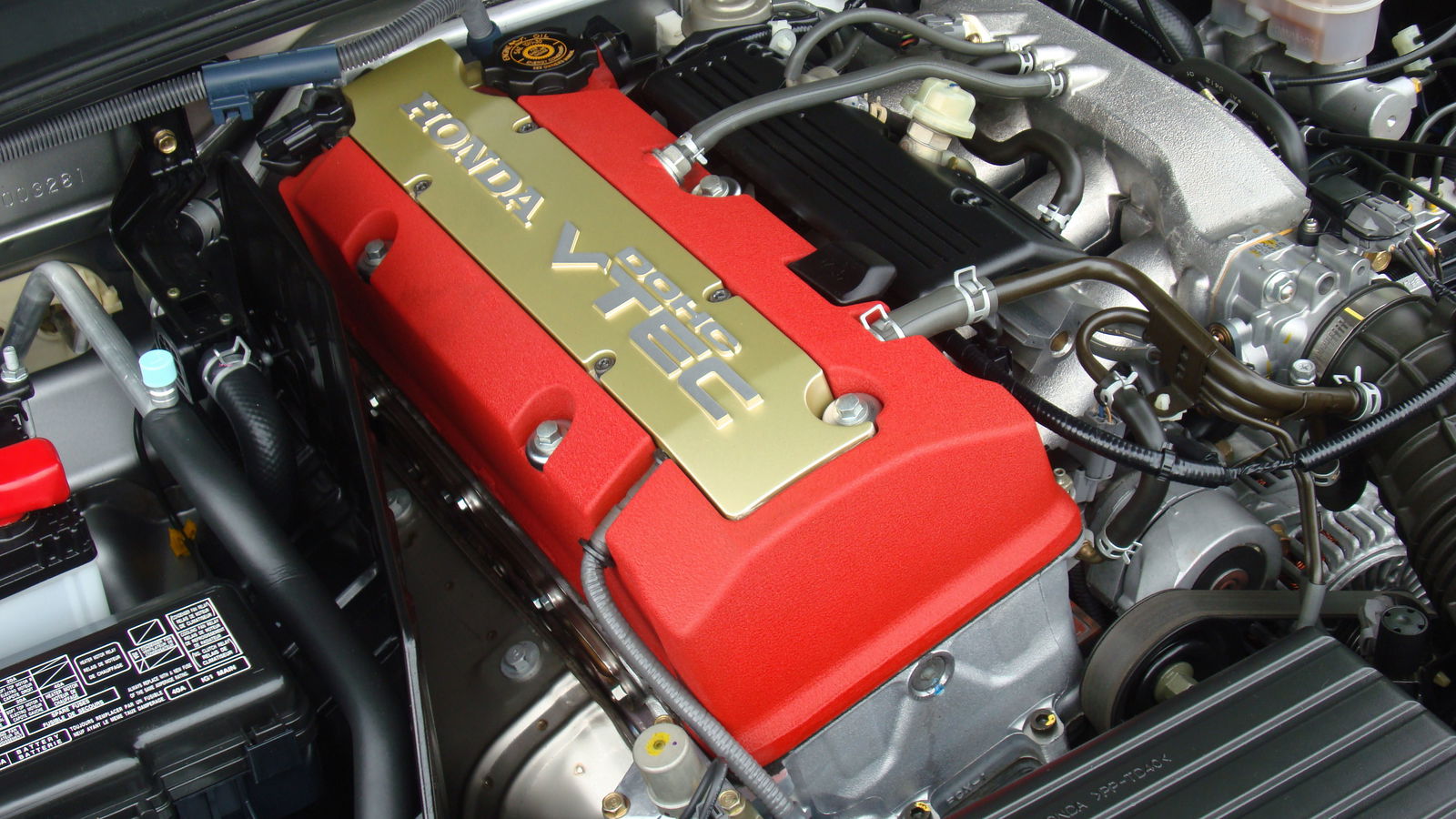
Honda F20C/F22C
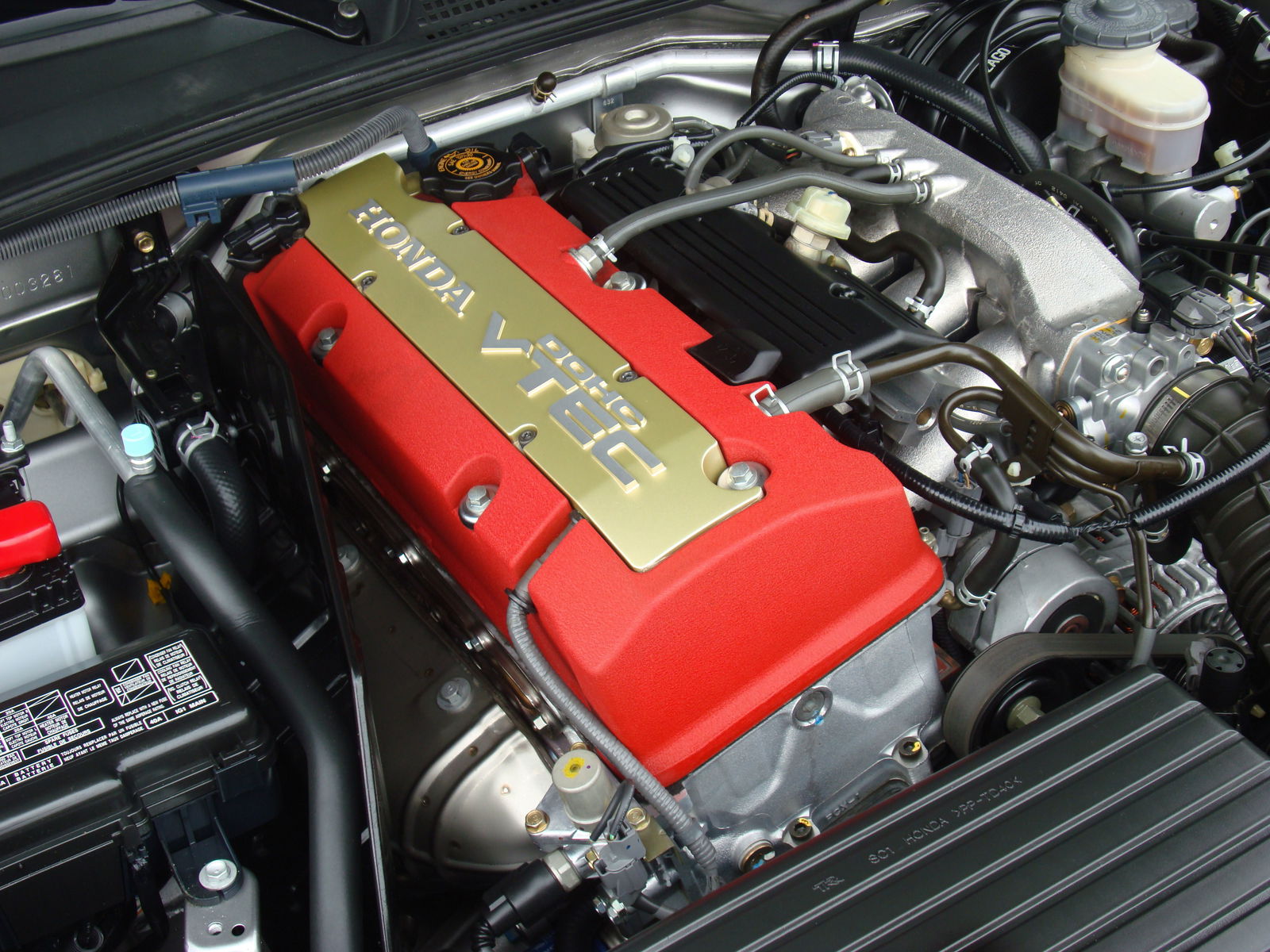
240bhp from a 2.0-litre naturally-aspirated engine is an impressive enough feat from the F20C, before you consider the variable valve timing. And the 9000rpm redline. And the fact it’s pretty much bullet proof. It powered the Honda S2000 until the car’s discontinuation in 2009, with some markets receiving the larger ‘F22C’ variant (pictured).
Mitsubishi 4G63
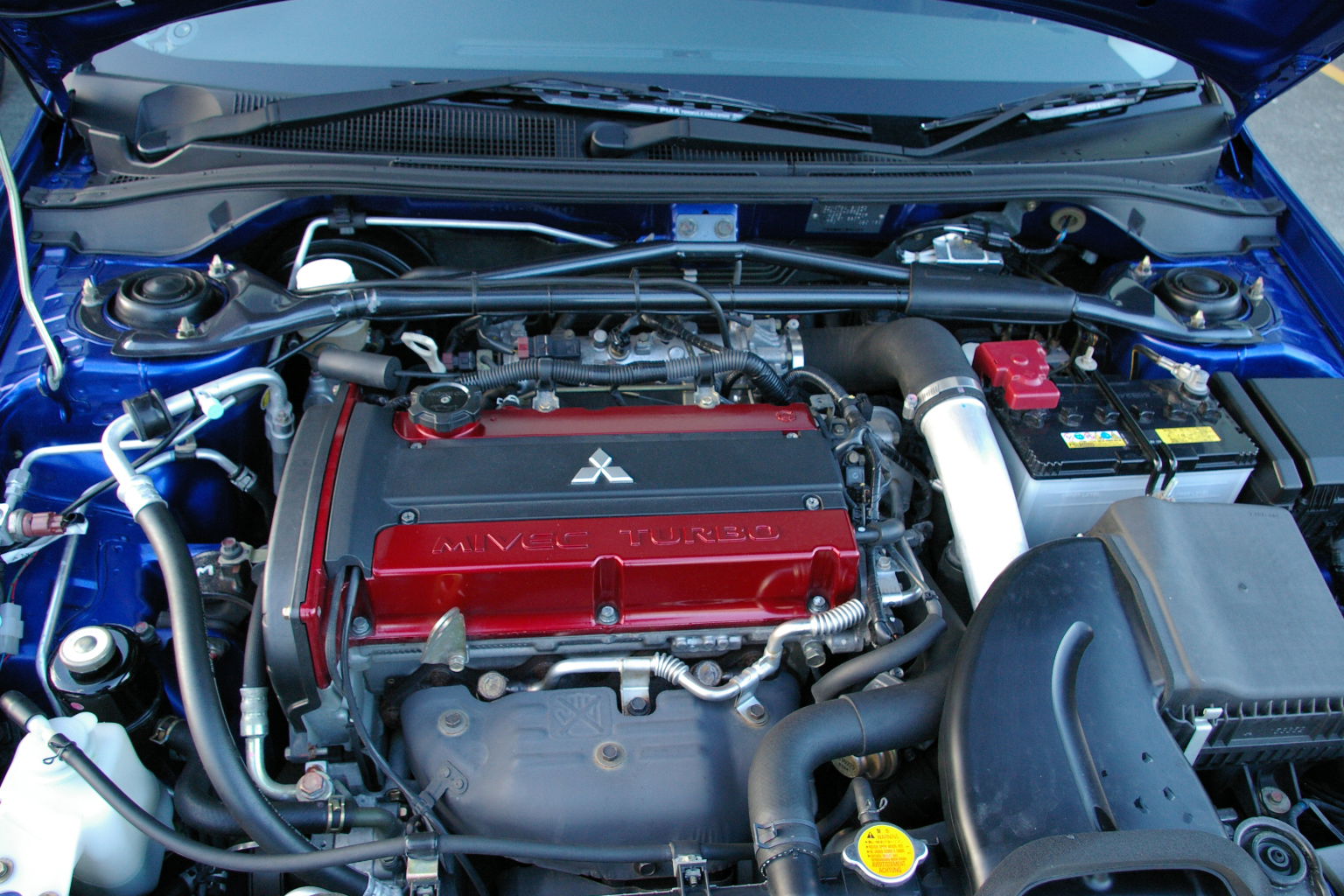
It was around for decades and powered countless cars in myriad forms - SOHC, DOHC, carb’d, injected, N/A, turbocharged, you name it - but arguably the 4G63’s most famous application was in the Evolution line of Mitsubishi Lancers. The last Evo it appeared in was the IX, where it produced anything up to 366bhp.
VW EA888
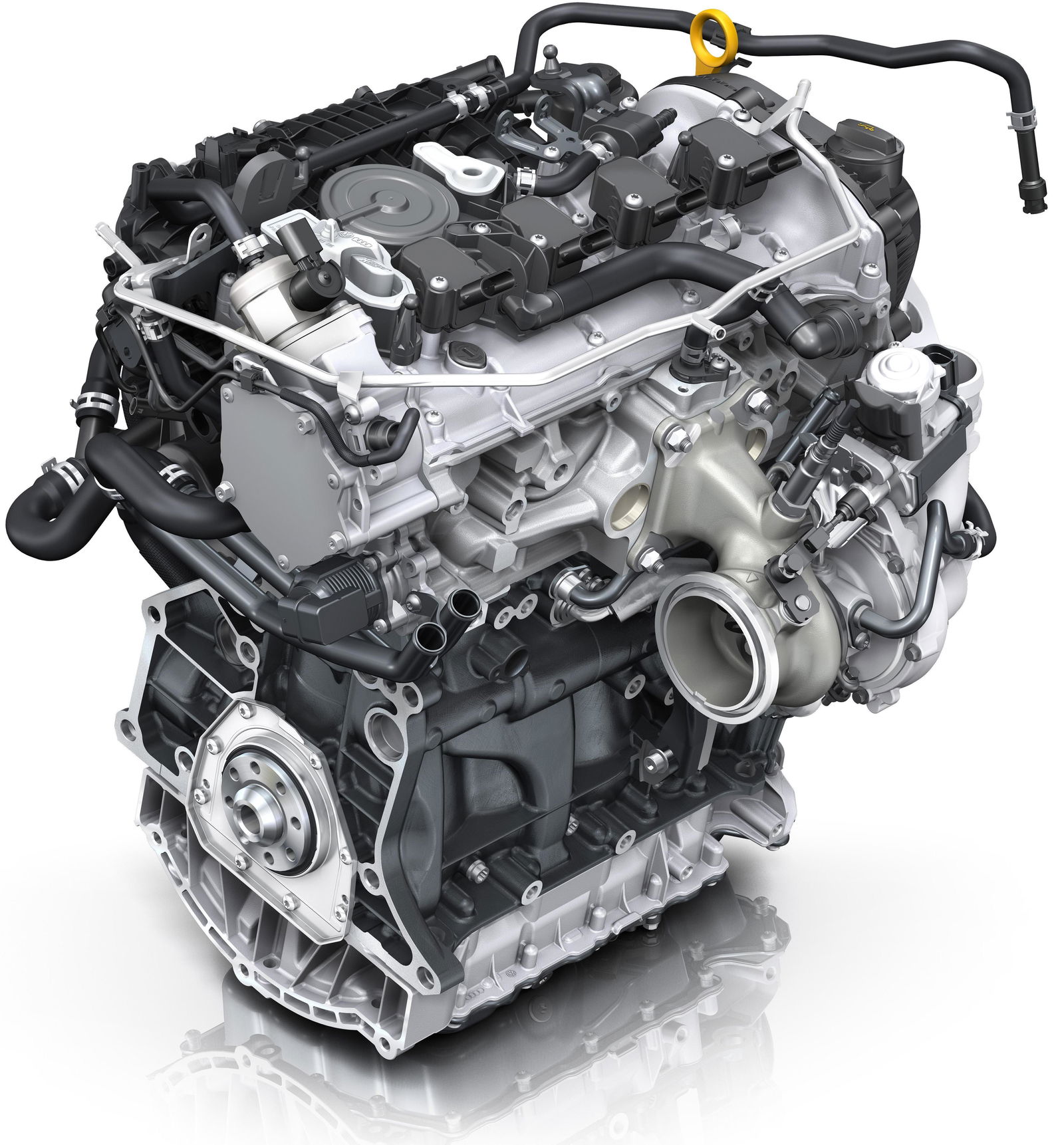
It may be one of the more clinical engines here, but you can’t argue with the EA888’s flexibility, and its performance potential. In the VW Golf R and Audi S3 it’s good for a mighty 297bhp, and although that doesn’t sound quite as impressive as the 366bhp 4G63T in the Mitsubishi Evo IX FQ360 we just talked about, it’s important to note that you get all that power with some pretty decent fuel economy.
It’s moved the game on, and proves that you can have cars as punchy as the recently departed Evo X and current (and ludicrously thirsty) Subaru WRX STI with fewer drawbacks. And there’s more to come: should the Golf R400 survive VW Group’s post-emissions scandal cutbacks, we could be seeing a 395bhp version in production before too long.
Alfa Romeo Twin Spark
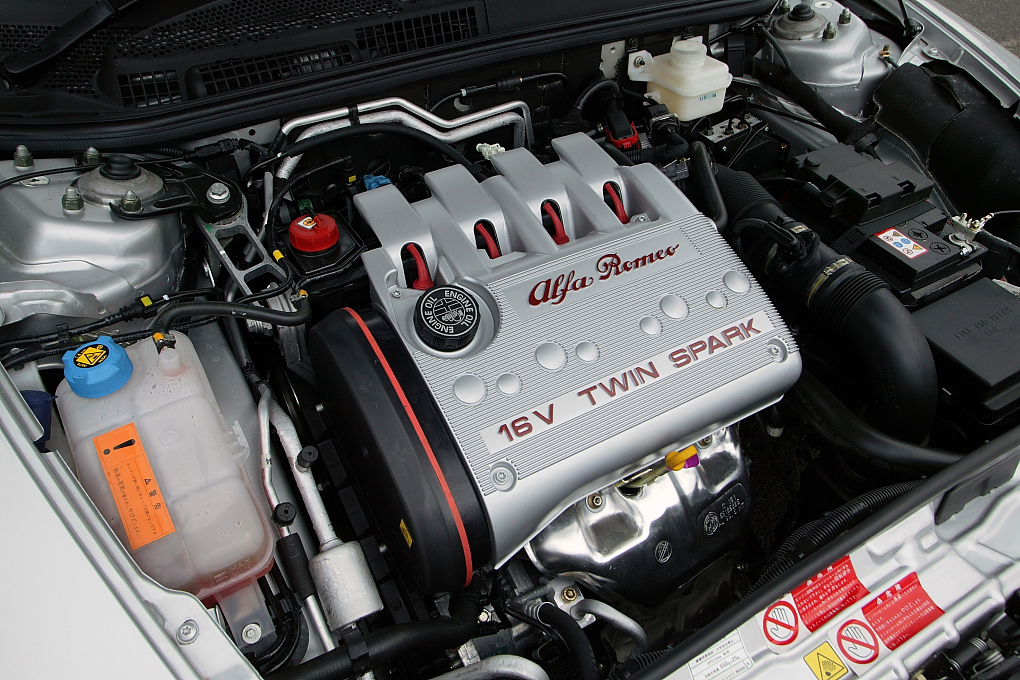
It may be the ‘Busso’ V6 that gets all the attention when people reminisce about Alfa Romeo engines of the past, but we shouldn’t forget about the old Twin Spark four-banger. It utilises a second, smaller spark plug for each cylinder at the edge of the combustion chamber, all in the name of improving combustion efficiency.
It’s a technology that’s never really caught on - indeed, Alfa itself gave up on it, replacing the TS line of engines with the direct-injected JTS series - but it’s a characterful unit with a distinctive zingy induction noise. Displacement ranged from 1.4 to 2.0 litres, with the latter size producing 150bhp.
Subaru EJ25
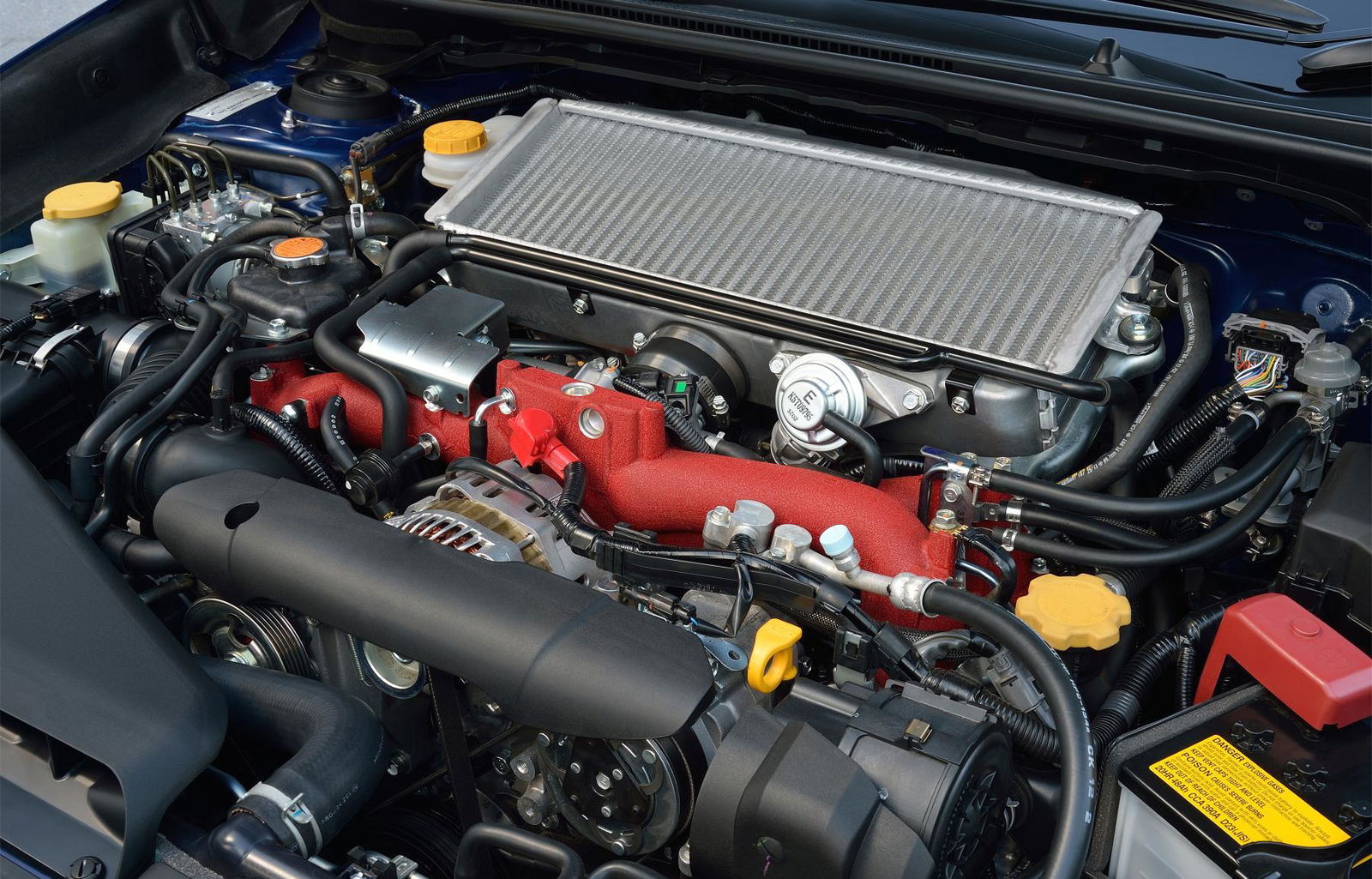
The EJ25 is a bit of an awkward one. It was a popular choice in the original community question we put out, but there are plenty of reasons why it shouldn’t be here. Certain versions are known to be prone to head gasket failures, and they’re not what you’d call economical - as alluded to earlier, the current EJ25-powered Subaru WRX STI is made to look shockingly thirsty next to the current crop of as-powerful hot hatches.
But this list wouldn’t be complete without a Subaru boxer engine, and we love the fact that the EJ25 still exists. It’s a glorious oddity in a world of relatively characterless inline-fours, and while it may not sound as burbly as the older unequal-length header-equipped Subaru boxers, the most recent EJ257 version makes a lovely distinctive noise.
Volvo B230FT
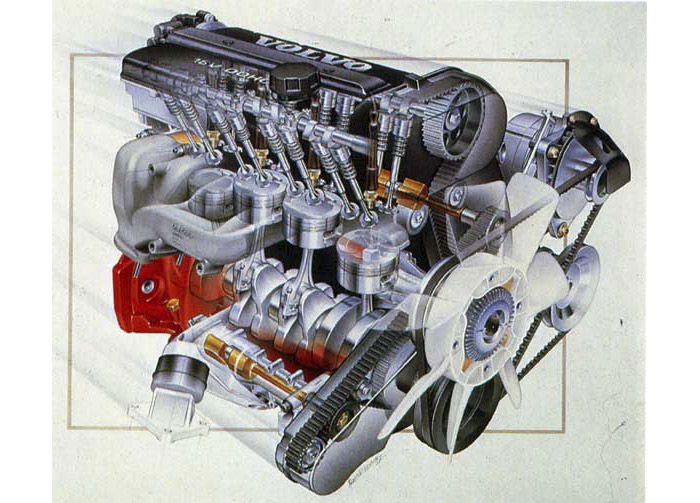
Part of Volvo’s ‘Redblock’ family of ‘slant-four’ engines, the B230FT has a well-deserved reputation for strength and durability thanks to a refreshingly simple design. The most powerful versions are good for 190bhp.
7. SR20DET
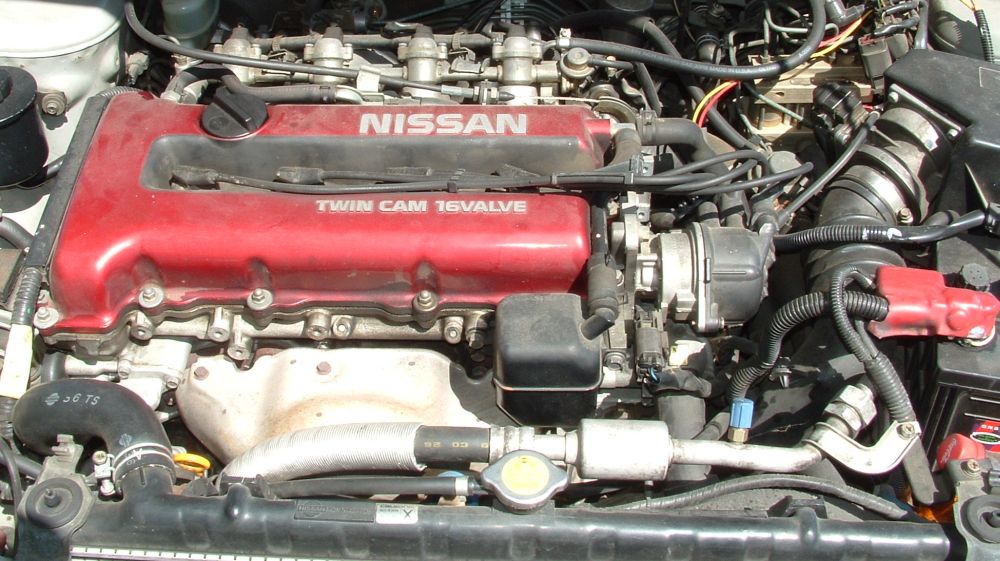
Like many of the engines here, SR20DET production started more than 20 years ago. And, many of its more famous applications occurred before 1995. However, since it powered the S15 Silvia - where it produced up to 247bhp - right into the Noughties, and since it’s a bonafide legend in our petrolhead circle, we could hardly not include it. It’s reliable, easy to tune, and cheap to maintain. What’s not to love?
Toyota 3S-GE
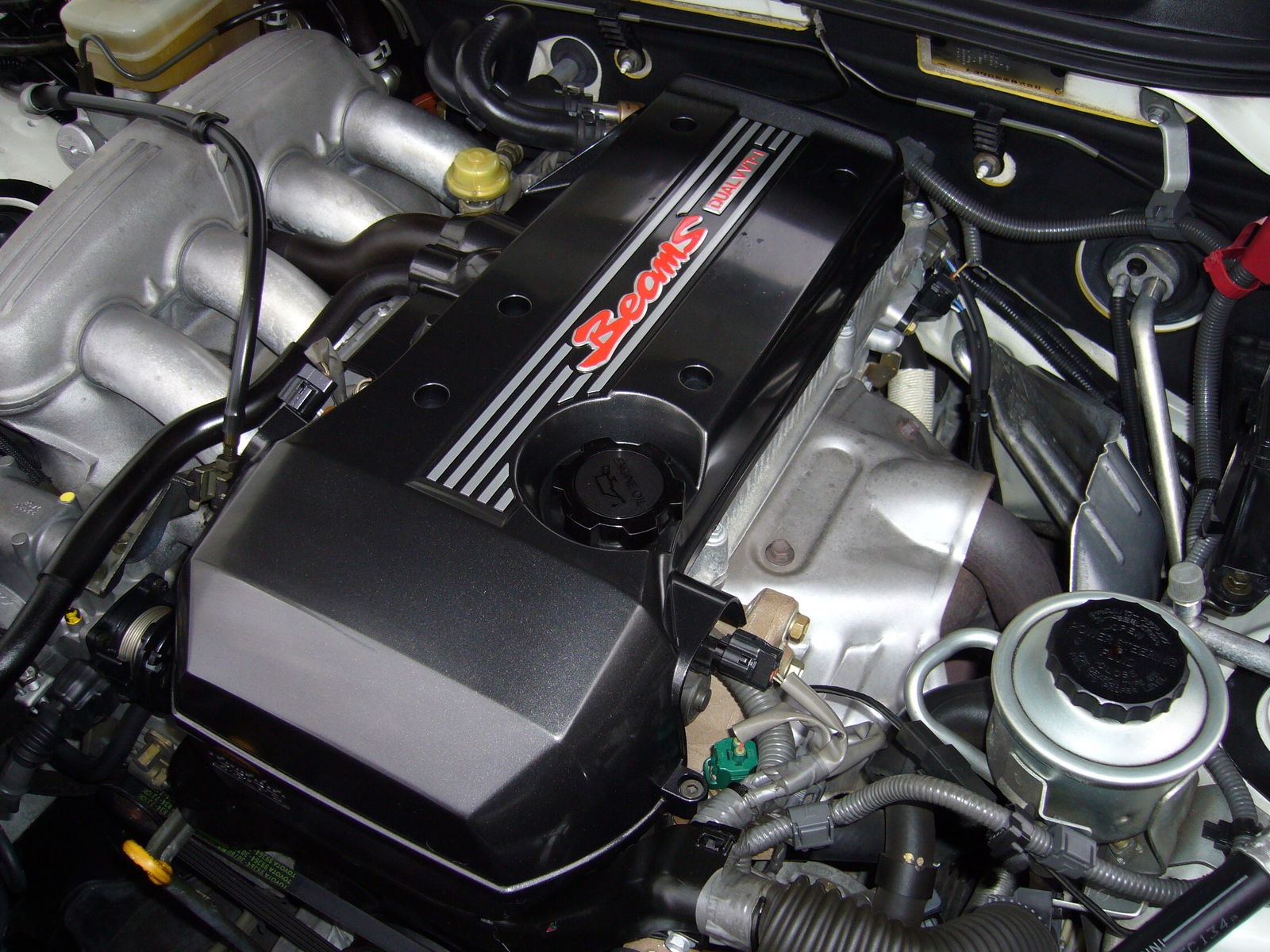
The actual suggestion was for all generations of 3S-GE, but the one I want to focus on is the fifth-generation version, also known as the ‘Blacktop’. Like all 3S-GE ‘BEAMS’ engines, this one was produced in conjunction with Yamaha, and it was the most powerful of the series, with 207bhp developed at 7600rpm. It powered just one car: the Toyota Altezza RS200.

Comments
Love The SR20DET!
Where’s BMW’s M42B18?
i am so surprised someone actually took the alfa romeo 2.0 twinspark engine into consideration, i own one and it is a hell of an engine, amazing sound and it loves revving high, definitely deserves its place on the list.
Ecoboost?
Beams engine also powered the mr2 mk2 Rev 5
K20 for the win. Yes I am a Honda fanboy
Where the heck is the one from the a45 Amg that one’s a masterpiece
I loved my 2,0 TS engine, it reved so well and it was very quick, but most of all, the sound with that supersprint exhaust was so good, best 4cyllender sound I have ever heard!
The Superboss was by no means a “standard” car. It was built in limited numbers for amalgamation so it could take on the BMW’s and others on the tracks around here. And that’s exactly where the equation goes out the window, because what exactly then constitutes a “standard” car? Would you allow the BMW 333i which was a local car only, because we couldn’t get the M3 at the time, also built specifically for the purposes mentioned.?
Boksie - i can only disagree with you on this.
If you went to Opel in 1990 and bought a superboss of the floor - that is what you bought as a PRODUCTION car - the fact that Opel modified it for racing purposes is just one of those things that no one can change.
We all know WHY it was produced - but those are the very same reasons why perhaps the E30 M3 was produced - as long as it was production - its all game.
Is the Bugatti Veyron Super Sport not a standard car? because it has been changed to that of the original Veyron??
You get a Golf 4 110kw - but you also get a golf 4 132kw - but both are standard production cars from the factory - we cant say that the 132kw cars are modified, because they were part of production.
i also think you missing my point in this thread……..look outside South Africa because aint nothing here in 1990 that could touch it - thats exactly why it took on bigger guys like a 2.7litre 6cyl BMW.
we cant include the 333i because it was a 3.3litre 6 cylinder - how fair is that to the superboss which is 4cyl and only 2litre. but in terms of production……the 333i meets the criteria.
Ya I’m not saying it’s not a production car, but it’s most certainly not a “standard” car. And to be honest, while they flucked off in a straight line, almost everybody knew someone who had either written one off or died in one trying to go around a corner.
To make parameters so completely specific is a bit difficult, because you’d always be able to somehow edge the other car out. But I’m sure there are a few limited DTM(or whatever the hell it’s called) amalgamated Vauxhauls(Opel in disguise), Mercs, Volvo’s and even Nissan’s that’d give it a hidding of note. We don’t know about half the cars that were in existence back then, the world cut us off if you remember correctly(and with good reason).
I like how it is nothing to do with longevity or if the engine is a turd. Just how popular and if it is in a popular car.
Pagination